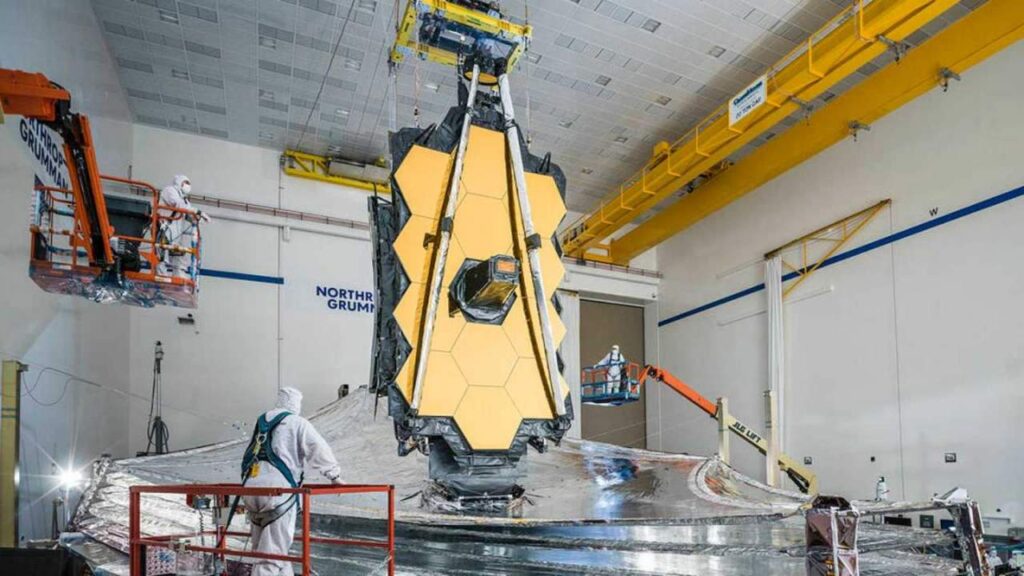‘Incident’ delays launch of James Webb Space Telescope

Image credit: SlashGear
The James Webb Space Telescope’s launch has been delayed by at least four days to allow for extra testing.
It was supposed to be launched into orbit on the 18th of December, but it will now launch no sooner than the 22nd of the month.
An event occurred during launch preparations, according to a statement from the US space agency, causing a sudden tremor in the observatory. Nasa stated that a firm date for the launch of an Ariane rocket would be established following the study.
The JWST is the $10 billion (£7.5 billion; €9 billion) successor to the Hubble Space Telescope. It was created to peer further into the Universe than its predecessor and, as a result, to peer further back in time – over 13.5 billion years ago. The goal is to witness the birth of the first stars that will illuminate the cosmos.
Scientists want to use the spacecraft’s more advanced capabilities to investigate the atmospheres of distant planets in the hopes of finding evidence of life.
Webb is now based in French Guiana’s European Kourou spaceport.
When a fastening clamp unexpectedly popped open, engineers were in the midst of connecting the telescope to its launch adapter, the huge ring that will hold it in place atop the rocket.
The occurrence is likely to have delivered a sharp mechanical shock through the telescope, which is a source of concern.
The telescope is regarded as reliable. It was designed to withstand the violent shaking and noise that occurs as the Ariane rocket climbs away from the launch pad.
Webb was even put on a table and vibrated at a high frequency as part of the development process.
A control room for engineers is located next to the cleanroom where Webb is being housed in Kourou. The monitoring computers in this room are connected to all of the observatory’s systems. As a result, doing functional checks on sub-systems is rather simple.
In Kourou, Webb was well prepared. It was even completed earlier than expected. If the current investigation finds nothing wrong, engineers will proceed with fueling the telescope before loading it onto the Ariane vehicle roughly a week before roll-out to the launch pad.
